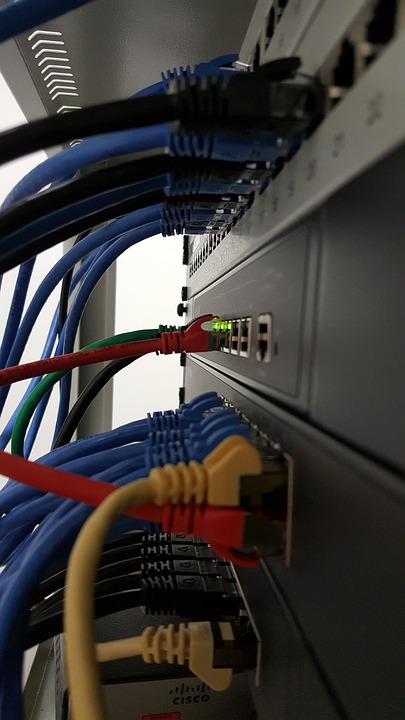The Crucial Role of Network Designers in Today’s Digital Landscape
In the rapidly evolving sphere of technology, the role of a network designer has become increasingly significant, particularly as businesses pivot towards more complex digital infrastructures. This occupation, which is currently listed as a shortage occupation, is open to work visa applications in the UK, reflecting a pressing demand for skilled professionals. But what exactly does it entail?
1. Essential Skills for Network Designers
A proficient network designer must possess a diverse set of skills to navigate the intricate web of network architecture. These include:
-
Technical Expertise: Mastery of networking protocols such as TCP/IP, DNS, and DHCP is non-negotiable. Familiarity with both hardware and software components, including routers, switches, and firewalls, is fundamental. This is where the distinction between a mediocre designer and an exceptional one often lies.
-
Problem-Solving Abilities: The ability to troubleshoot network issues efficiently can save companies substantial downtime and financial losses. A network designer must not only identify problems but also devise innovative solutions swiftly.
-
Project Management: As network design often involves collaboration with various stakeholders, from IT teams to upper management, having strong project management skills is advantageous. This includes the ability to plan, execute, and oversee projects while ensuring they meet deadlines and budgets.
-
Communication Skills: A network designer must articulate complex technical concepts to non-technical stakeholders. This ability bridges the gap between IT and business, fostering a collaborative environment.
2. Responsibilities That Shape the Role
The responsibilities of a network designer are as varied as they are challenging. These typically include:
-
Designing Network Layouts: This involves creating blueprints for network systems that meet organisational needs while considering scalability and future growth. A well-designed network is one that anticipates change, rather than simply reacting to it.
-
Implementing Security Protocols: In an age where cyber threats loom large, ensuring network security is paramount. Network designers must integrate robust security measures, keeping abreast of the latest threats and countermeasures.
-
Monitoring Network Performance: Post-implementation, network designers are responsible for monitoring and optimising network performance. This includes analysing traffic patterns and adjusting configurations to enhance speed and reliability.
-
Documentation and Reporting: Comprehensive documentation of network designs and configurations is essential. This not only aids future troubleshooting but also provides a reference for compliance and audits.
3. The Landscape for Network Designers in the UK
The UK job market for network designers is burgeoning, particularly within sectors such as finance, healthcare, and technology. The shortage occupation status indicates a significant gap between supply and demand, suggesting that qualified individuals can find ample opportunities.
However, prospective applicants must ask themselves: what separates a successful candidate from the rest? Beyond technical skills, adaptability and a willingness to learn are crucial. The tech landscape is in constant flux, and those who can evolve alongside it will thrive.
As the demand for network design expertise continues to grow, platforms like Visajob.co.uk remain committed to assisting applicants in securing their positions in the UK. Especially for roles requiring sponsorship, we provide guidance and support every step of the way. Whether you’re a seasoned professional or just starting out in the field, the opportunities are ripe for those ready to seize them.




